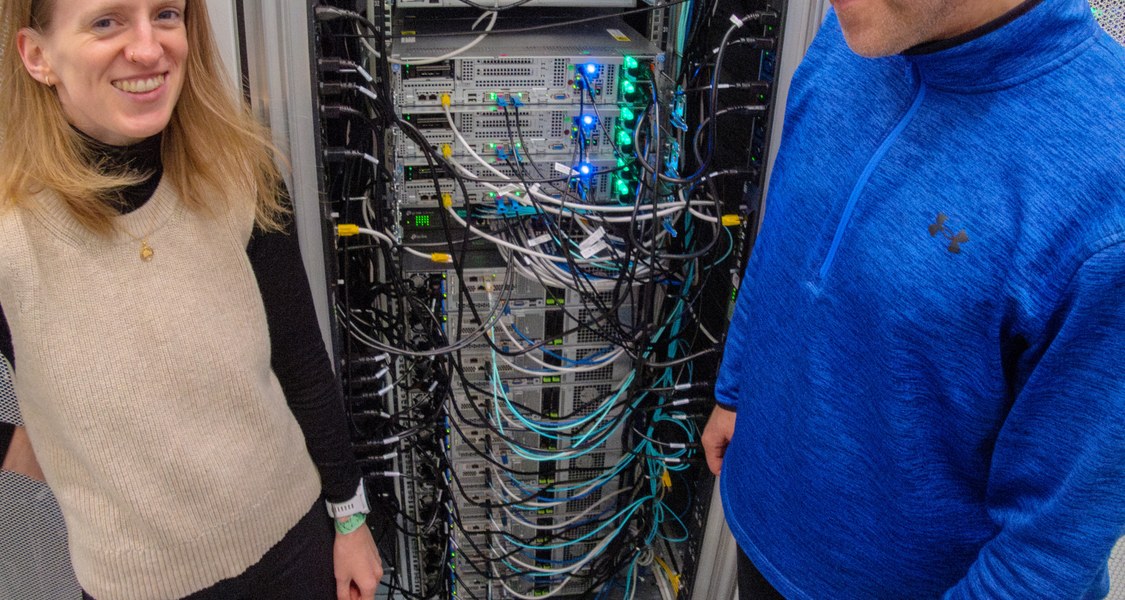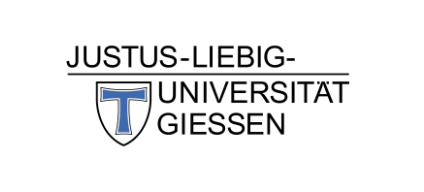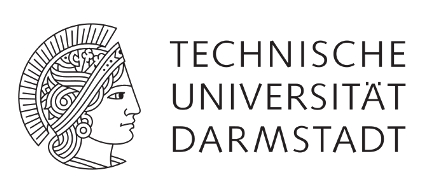06.02.2025 Psychologists decipher why we can’t tickle ourselves
Mathematical model shows how the brain processes sensory stimuli

Why can’t we tickle ourselves? Why do we perceive our own steps differently than those of a stranger who walks behind us? An interdisciplinary research team from psychology, psychiatry and neuroscience has developed a mathematical model that explains why our perception responds weakly to self-generated movements. This so-called sensory attenuation (SA) plays a crucial role in our understanding of self-perception and external perception. The findings could help us to understand mental disorders such as schizophrenia in the long term," says the lead author of the study, Dr. Anna-Lena Eckert, the study appears in the current issue of the journal "PLOS ONE".
Insight into sensory attenuation
The mathematical model is based on so-called Bayesian causal inference and graph theory, showing that the brain constantly weighs whether sensory information comes from an internal or external source. So: I hear myself or something else, is the touch coming from me or my friend or a stranger? The brain is constantly engaged in discovering the causes of sensory information.
If the stimulus is the predictable result of one’s own movement, it is classified as "internal" and downregulated in further processing. "This explains why we can’t tickle ourselves or why we pay more attention to the steps of a stranger than our own in a dark street," says psychologist Eckert.
Experimental confirmation by two studies
The model was tested with two independent experimental data sets, which were used in the research groups of Prof. Katja Fiehler and Elena Führer (University of Giessen) and Prof Benjamin Straube and Christina Schmitter (University of Marburg) were raised.
In a first experiment on tactile perception, subjects brushed their fingers over 3D printed objects. Shortly before the subject’s finger reaches the ribbed surface, a small vibratory stimulus was presented on the finger. It was found that the perception of the vibrational stimulus was influenced by predictions made by the brain, "a strong indication of sensory attenuation," comments Eckert.
The second experiment focused on visual delay: participants saw their hand movements on a screen, in some cases actively performing the hand movement themselves, and sometimes passively moving their hand by a lever. In some cases, a time delay has been added between the motion and the motion video. The perception of this delay was less when the movement was actively performed.
The data from both experiments were compared with simulations and model optimizations from the working group around theoretical psychologist Anna-Lena Eckert. The calculations were run on Marburg’s high-performance computing cluster MaRC3. The results show a high degree of agreement between the experimental data and the model’s predictions," reports the research team from the Universities of Marburg and Giessen.
Importance for the understanding of mental illness
Sensory impairment (SA) not only plays a role in everyday perception, but could also explain why some people with mental illness have difficulty correctly classifying their own actions. Especially in schizophrenia, a modified SA could contribute to the feeling of being controlled by others or not perceiving their own movements as self-caused. "The developed model could help to develop new diagnostic and therapeutic approaches in the future," concludes Marburg psychology professor Dominik Endres from the results. Endres leads the working group "Theoretical cognitive science" at the University of Marburg.
An interdisciplinary joint project
The project was carried out as part of the cluster project The Adaptive Mind and is an example of successful collaboration between different disciplines. The experimental data sets are from the working groups of Professor Katja Fiehler (University of Giessen) and Prof. Benjamin Straube (University of Marburg), while Professor Dominik Endres (University of Marburg) and Dr. Anna-Lena Eckert developed the mathematical model and optimized it for the data.
original Publication:
Anna-Lena Eckert et al,
Modelling sensory attenuation as Bayesian causal inference across two datasets (2024),
PLOS ONE, DOI: https://doi.org/10.1371/journal.pone.0317924
Contact
Dr. Anna-Lena Eckert
Mail: eckertan@staff.uni-marburg.de
Fachbereich Psychologie
Philipps-Universität Marburg


